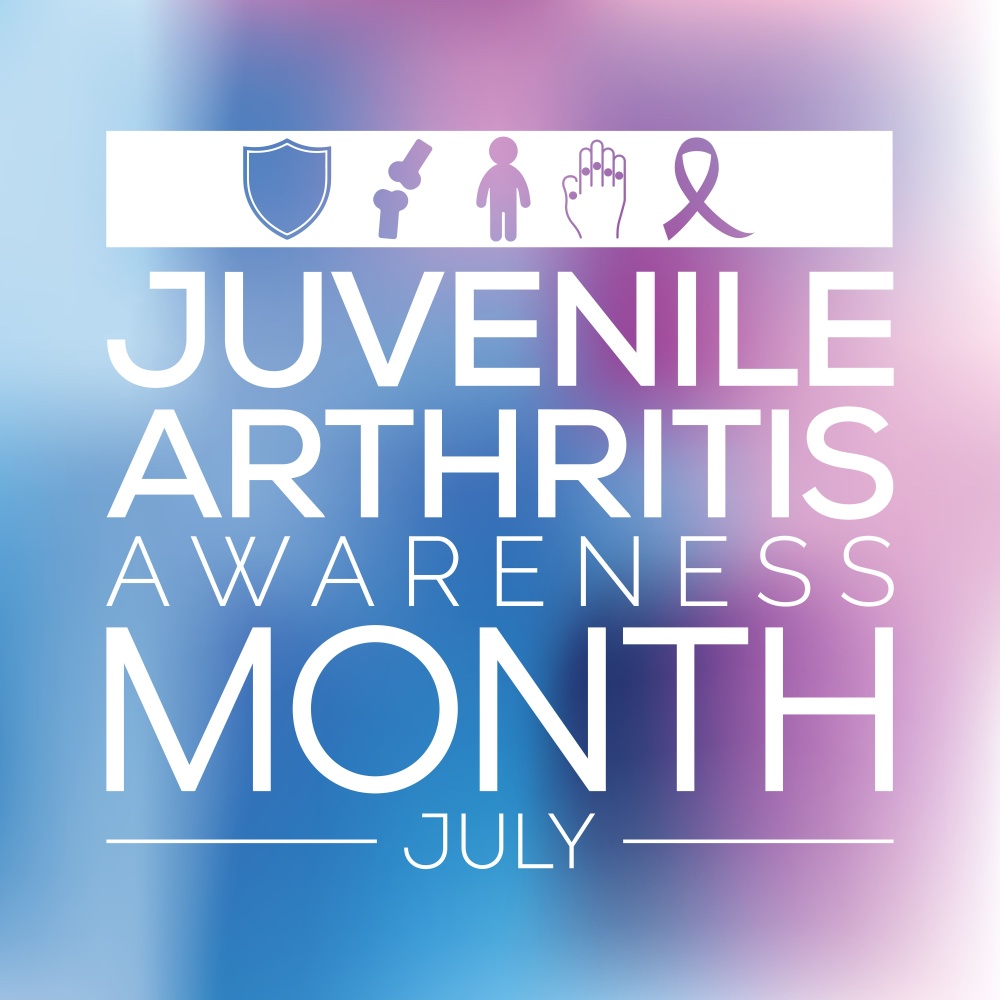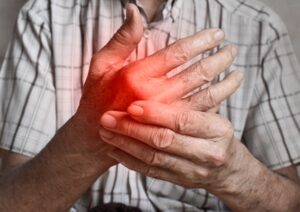Every July, we observe Juvenile Arthritis Awareness Month to shine a light on the condition that affects nearly 300,000 children in the United States. At Pacific Arthritis, we are dedicated to increasing awareness, understanding, and support for children and families impacted by juvenile arthritis (JA). This article will explore what juvenile arthritis is, its symptoms and treatments, the importance of awareness, and practical home care tips to help manage the condition.
What is Juvenile Arthritis?
Juvenile arthritis is an umbrella term for various autoimmune and inflammatory conditions that develop in children under 16. Unlike adult arthritis, which often results from wear and tear on the joints, JA occurs when the immune system mistakenly attacks the body’s tissues, causing inflammation in the joints and other organs.
The most common types of juvenile arthritis include:
1. Juvenile Idiopathic Arthritis (JIA): The most prevalent form, JIA, includes several subtypes based on symptoms and the number of joints involved.
2. Juvenile Dermatomyositis: This type involves muscle inflammation and skin rashes.
3. Juvenile Lupus: A chronic autoimmune disease affecting joints, skin, kidneys, blood, and other areas.
4. Juvenile Scleroderma: A condition causing skin tightening and hardening.
5. Kawasaki Disease: An illness that causes blood vessel inflammation and can affect the heart.
6. Mixed Connective Tissue Disease: A condition with features of lupus, scleroderma, and polymyositis.
Symptoms of Juvenile Arthritis
Symptoms of juvenile arthritis can vary widely depending on the type and severity of the condition. Common symptoms include:
- Joint pain and swelling
- Stiffness, especially in the morning
- Fatigue
- Fever
- Rash
- Weight loss
- Eye inflammation
- Reduced range of motion in the affected joints
Treatments for Juvenile Arthritis
While there is no cure for juvenile arthritis, various treatments can help manage symptoms, reduce inflammation, and improve the child’s quality of life. Treatment plans are individualized based on the type of JA, the severity of symptoms, and the child’s overall health.
Common treatments include:
1. Medications:
- Nonsteroidal Anti-Inflammatory Drugs (NSAIDs): Used to relieve pain and reduce inflammation.
- Disease-Modifying Antirheumatic Drugs (DMARDs): Help slow disease progression.
- Biologic Agents: Target specific parts of the immune system to reduce inflammation.
- Corticosteroids: Used to control severe inflammation.
2. Physical Therapy:
Physical therapy helps maintain joint function, improve range of motion, and strengthen muscles. Therapists work with children to develop safe and effective exercise routines.
3. Occupational Therapy:
Occupational therapists assist children in performing daily activities and using adaptive tools to maintain independence.
4. Healthy Lifestyle:
- Encouraging a balanced diet, regular exercise, and adequate sleep can support overall health and well-being.
The Importance of Awareness
Juvenile Arthritis Awareness Month is crucial for several reasons:
1. Reducing Misconceptions: Many people believe arthritis only affects the elderly. Raising awareness about juvenile arthritis helps dispel myths and educates the public about the condition’s impact on children.
2. Encouraging Early Diagnosis: Early diagnosis and treatment are vital for preventing long-term joint damage and improving outcomes. Awareness campaigns can help parents, teachers, and healthcare providers recognize the symptoms of JA.
3. Supporting Research: Increased awareness can lead to more funding and support for research into better treatments and, ultimately, a cure for juvenile arthritis.
4. Empowering Families: Awareness initiatives provide valuable resources and support to families, helping them navigate the challenges of managing juvenile arthritis.
Ways to Promote Awareness
- Social Media: Share information, personal stories, and educational resources about juvenile arthritis on social media platforms.
- Community Events: Organize or participate in local events such as walks, fundraisers, and educational seminars to raise awareness and funds for JA research.
- Advocacy: Advocate for policies that support research funding, access to healthcare, and resources for children with JA and their families.
- Educational Materials: Find and learn from brochures, flyers, and other educational materials in schools, community centers, and healthcare facilities.
5 Tips for Home Care
1. Maintain a Balanced Diet: A nutritious diet rich in fruits, vegetables, whole grains, and lean proteins can support overall health and help manage inflammation.
2. Encourage Regular Exercise: Gentle, low-impact exercises such as swimming, cycling, and yoga can help maintain joint flexibility and strength. Always consult with a physical therapist to design a safe exercise program.
3. Create a Comfortable Environment: Ensure your child has a supportive and comfortable space for rest and activities. Consider adaptive tools and modifications to make daily tasks easier.
4. Manage Stress: Stress can exacerbate symptoms of JA. Encourage relaxation techniques such as deep breathing, meditation, and hobbies that bring joy and relaxation.
5. Monitor Symptoms: Keep a symptom diary to track any changes in your child’s condition. Share this information with your healthcare team to adjust the treatment plan as needed.
Conclusion
Juvenile Arthritis Awareness Month is an opportunity to shine a light on the challenges faced by children with juvenile arthritis and their families. At Pacific Arthritis, we are dedicated to providing comprehensive care and support to our young patients. If you suspect your child may have juvenile arthritis, don’t hesitate to reach out to our expert team of rheumatologists at our Los Angeles and Santa Monica offices. Together, we can navigate the journey with JA and work towards a healthier, more active future for your child.




